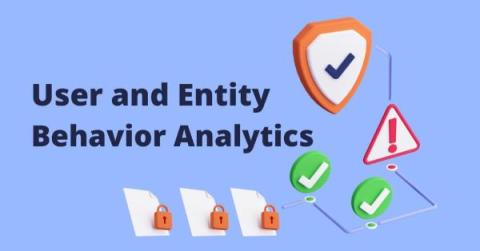Harnessing Telemetry Data: Strategies for Success
Are you leveraging every piece of data to protect your network? Telemetry data is the automated process of collecting and sending data from remote points to an IT system for monitoring and analysis. Telemetry empowers companies to detect anomalies, predict potential breaches, and respond to threats faster.



